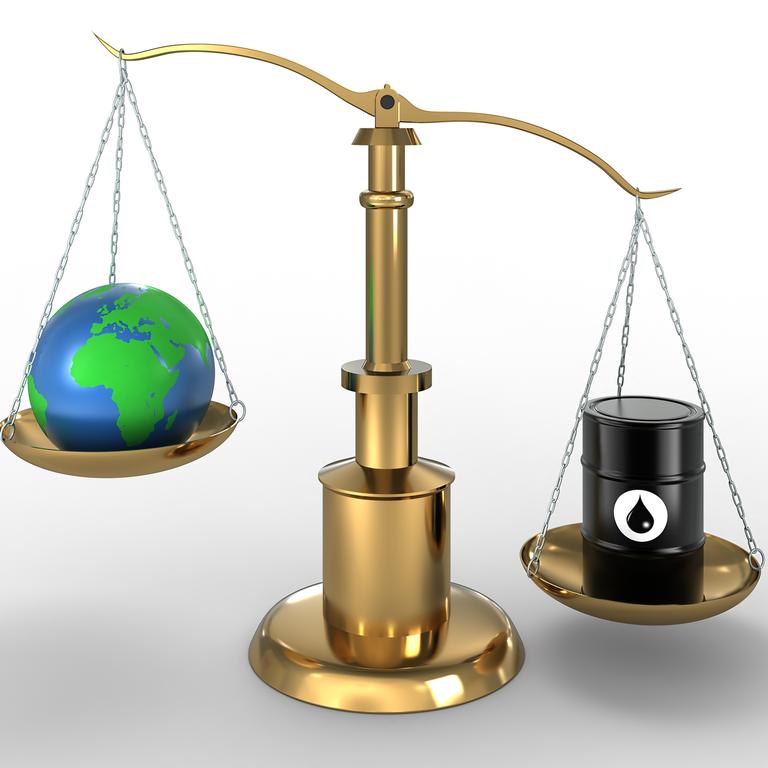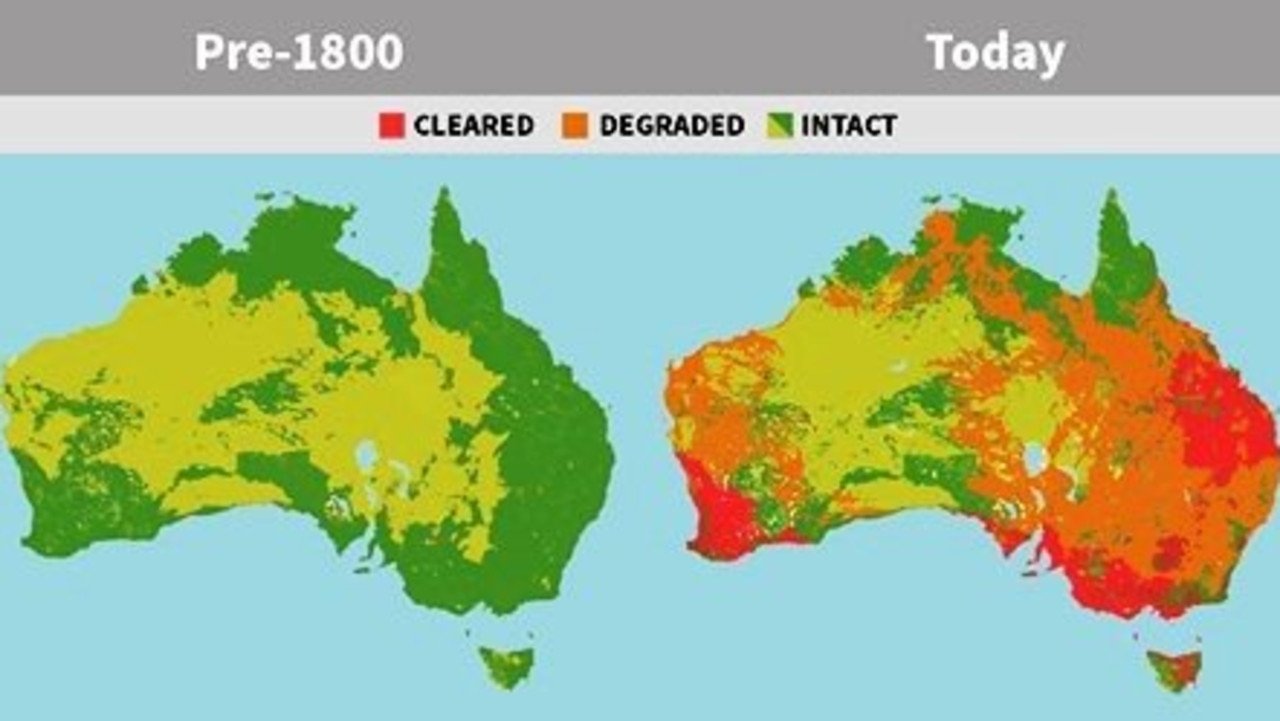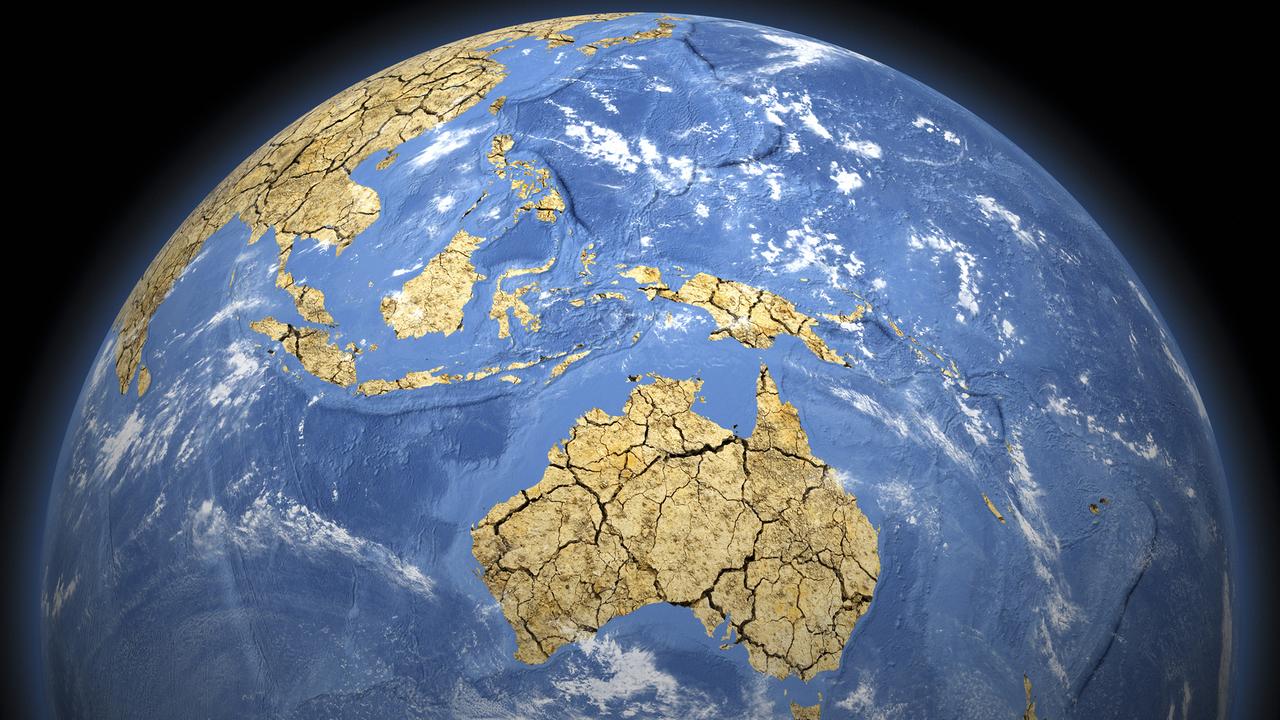Climate change Part 6: Towards net zero 2050
PART 6: Fixing climate change might not be as simple as doing better in the future. We also need to repair the damage we’ve already done. This is what achieving net zero 2050 is all about

READING LEVEL: GREEN
The number one goal for the UN climate change conference in Glasgow in November 2021 is to get agreement on net zero by 2050.
Countries are being asked to nominate ambitious* 2030 targets that will set the world up for reaching net zero by 2050 by:
- speeding up the phasing out* of coal;
- limiting deforestation*;
- speeding up the switch to electric vehicles;
- and encouraging investment in renewables*.
WHAT IS NET ZERO?
Zero greenhouse gas emissions* and net zero are different things.
The Climate Council, an Australian community-funded organisation for communicating information about climate change, describes net zero as like a set of scales.
Emitting greenhouse gases tips the scales towards a warmer planet.

We need to stop emitting greenhouse gases to get the scales back towards being in balance to stop or slow climate change. That would be achieving zero emissions.
In the future, we will probably need to tip the scales the other way to repair past damage.
Once we stop emitting greenhouse gases, we need to find ways to deal with the greenhouse gases we’ve already put into the atmosphere, which will keep heating the planet into the future. That would be moving towards net zero.
WHY NET ZERO?
In 2018, the United Nations’ Intergovernmental Panel on Climate Change (IPCC) released a special report called Global Warming of 1.5C. The report made clear the importance of net zero as a goal in response to climate change.
Scientists who wrote the report explained that the impacts of climate change can’t stop worsening until we reduce the amount of greenhouse gas already in the atmosphere. To achieve this, burning fossil fuels – coal, oil and gas – must quickly get to, or close to, zero.
COMMITTING TO NET ZERO
The Australian Government revealed its plans for achieving net zero 2050 on October 26, just days before Prime Minister Scott Morrison flew out to take part in the Glasgow climate talks, known as COP26.
Under the plan, more than $20 billion will be invested by 2030 in “low emissions technologies”, including to capture and store carbon. Delivering cheap solar power is also part of the plan.
The Federal Government’s commitment to net zero 2050 followed earlier commitments by all Australia’s state and territory governments.
In fact, Tasmania already achieved net zero in 2014 and 2018 due to its huge hydro-electric* dams supplying most of the state’s electricity and its carbon-dense forests sucking greenhouse gases out of the atmosphere, thus offsetting* its emissions from transport, farming, forestry and industry.

Victoria was the first state to commit to net zero by 2050. In May 2021, the Victorian government also announced it had set a 2030 target for reducing greenhouse gas emissions by between 45 per cent and 50 per cent.
The announcement included strategies for how the state would boost clean energy production and use, innovation*, sustainable farms and forests, and climate-smart businesses and communities.
This puts Victoria in line with the latest promises by countries with some of the most ambitious targets.
In April 2021, the US, for instance, committed to reductions of 50-52 per cent of 2005 levels of emissions by 2030, which is what US President Joe Biden said was required to set that country on a path to reach net zero by 2050.

The Federal Government was slower to make its commitment because of concerns from some members of the government, mainly National Party members who represent country and regional areas that fear the loss of jobs and key industries.
However, a global Ipsos poll conducted to mark World Environment Day on June 5, 2020, found that 70 per cent of Australians expected the government to protect the environment as part of the pandemic economic recovery efforts. And 73 per cent agreed the Prime Minister should lead on climate change action.
In August 2020, a group of more than 100 leaders from businesses, agriculture, workers’ unions*, welfare and environment organisations issued a statement calling for the government to formalise* its commitment to net zero.
GLOSSARY
- ambitious: needing a great effort, aiming high
- phasing out: gradual removal
- deforestation: removal of large areas of trees
- renewables: natural resources of energy that do not run out
- greenhouse gas emissions: the release of gases that trap heat in Earth’s atmosphere
- hydro-electric: to do with the making of electricity using moving water
- offsetting: balancing out an opposite force or effect
- innovation: new ways and ideas
- in principle: a general idea or plan
- unions: groups formed by and for workers in similar jobs
- formalise: make official
EXTRA READING
Meet the greenhouse gas makers
How the world is working as one
Australia’s climate plans and promises
How to cope with climate worries
QUICK QUIZ
- Which city is hosting the November UN climate change conference?
- What year are countries being asked to reach net zero by?
- The Climate Council describes net zero as like what?
- Which Australian state has already achieved net zero emissions?
- What two factors helped this state achieve net zero in 2014 and 2018?
LISTEN TO THIS STORY
CLASSROOM ACTIVITIES
Refer to the accompanying Climate Change Education Kit classroom workbook with 20 activities. It’s FREE when teachers subscribe to the Kids News newsletter.

